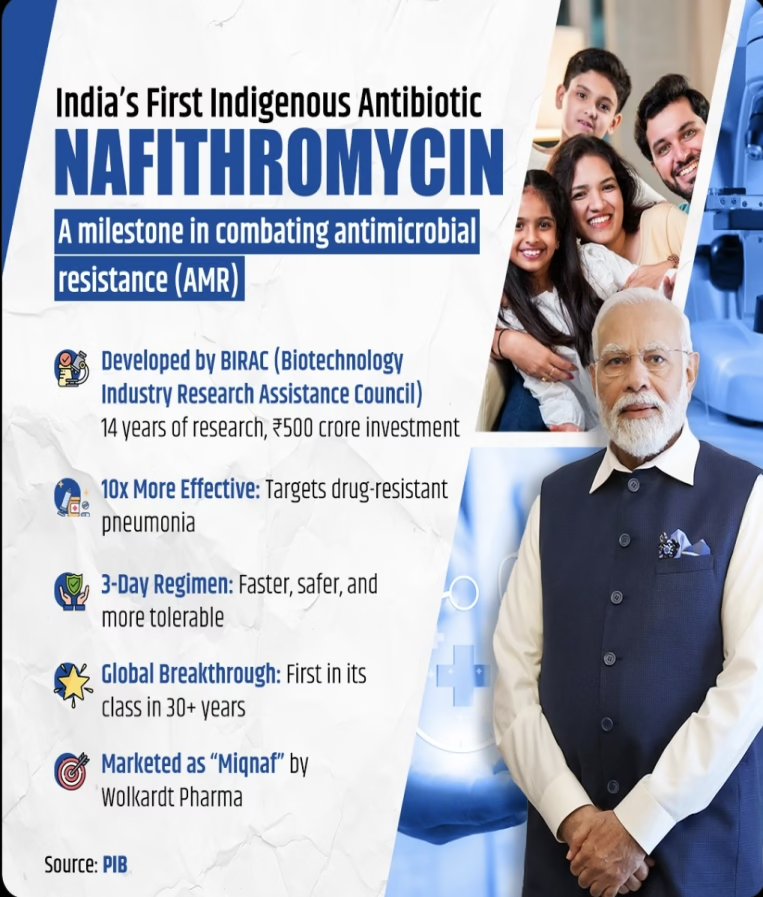Indian Space Research Organisation (ISRO) completed the docking process of the SpaDeX (Space Docking Experiment) satellites. India has become the fourth country to achieve the feat after the US, Russia, and China. The docking experiment was initially slated for January 7 but was postponed after an abort scenario was identified. More simulations were carried out on the ground to improve the accuracy of docking.
SpaDeX Mission
SpaDeX mission was lifted off from the Satish Dhawan Space Centre in Sriharikota on December 30 by PSLV-C60 and successfully placed two satellites in the desired lower earth orbit (below 2000 Km).
Two small satellites, the SDX01 Chaser and SDX02 Target, injected in a 475-km circular orbit after the launch, have successfully demonstrated docking. In the mission, after the initial 20 km inter-satellite separation, the Chaser satellite approaches the Target satellite by reducing the distance to 5 km, 1.5 km, 500 m, 225 m, 15 m, and 3 m before the final docking of the two spacecraft.
The Chaser satellite has a high-resolution camera on board – a miniature version of a surveillance camera. The Target is carrying a multispectral payload that will be used for monitoring natural resources and vegetation along with a radiation monitor that will study space radiation and create a database.
The fourth stage of the launch vehicle has carried the POEM – or PS4 Orbital Experiment Module – to demonstrate 24 technologies, including 10 technologies from start-ups and educational institutions. One of the 24 payloads is the Compact Research Module for Orbital Plant Studies (CROPS), an automated platform designed to cultivate and sustain plant life in the microgravity environment of space.
Developed by the Vikram Sarabhai Space Centre, it involves growing eight cowpea (Vigna unguiculata) seeds within a controlled environment equipped with active thermal management onboard ISRO’s POEM-4 module. Of the eight seedlings, at least three sprouted leaves.
Some important payloads
Relocatable Robotic Manipulator-Technology Demonstrator (RRM-TD) is also known as the Walking Robotic Arm. It is India’s first space robotic manipulator with walking capability.
Debris Capture Robotic Manipulator aims to demonstrate the capturing of tethered debris by a robotic manipulator using visual serving and object motion prediction in the space environment.
Amity Plant Experimental Module in Space (APEMS), designed by Amity University, will study plant callus using the ‘Spinacia oleracea’ model in microgravity and in Earth gravity.
Bharatiya Docking System
1. Docking is a process by which two fast-moving spacecraft are brought to the same orbit, brought closer to each other manually or autonomously, and finally joined together. This capability is necessary for carrying out missions that require heavy spacecraft that a single launch vehicle may not be capable of lifting off with
2. Several types of docking mechanisms have been used by space agencies over the years, including some interoperability. The spacecraft that go to the International Space Station follow the International Docking System Standard (IDSS), which was first baselined in 2010.
3. The docking mechanism being used by India is androgynous — meaning the systems on both the Chaser and Target satellites are identical. This is similar to the IDSS used by other agencies but uses two motors as compared to the 24 used in IDSS.
4. The mission used several new sensors such as Laser Range Finder, Rendezvous Sensor, and Proximity and Docking Sensor to take precise measurements while bringing the two satellites closer and joining them.
5. This technology will be required for setting up the Bharatiya Antariksh Station. The first module is planned to be launched in 2028. It is supposed to have five modules, which are expected to be launched separately and brought together in space.
6. Docking capability will also be required for the next lunar mission, Chandrayaan-4, which aims to bring back samples from the Moon. This mission will see five key modules sent into orbit in two separate launches.
First Docking in Space
In 1966, NASA’s Gemini VIII became the first spacecraft to dock with the target vehicle Agena. Gemini VIII was a crewed mission orbiting the Earth, commanded by Neil Armstrong, who in 1969 became the first human to set foot on the Moon.
Third launch pad at Sriharikota
1. The Union Cabinet on 16th January approved the setting up of a third launch pad at the country’s only spaceport in Sriharikota — a spindle-shaped island on the east coast of Andhra Pradesh.
2. The SDSC is the country’s only spaceport from which spacecraft and satellites are launched. It became operational on October 9, 1971, with the flight of ‘Rohini-125’, a small-sounding rocket, and was initially known as SHAR (Sriharikota Range).
3. The new launch pad will be required for the space agency to become future-ready to use the heavier Next Generation Launch Vehicle (NGLV) that it is currently developing. It will also be essential for India’s plan of setting up the Bharatiya Antariksh Station by 2035 and sending a human to the moon by 2040.
4. The third launch pad will be built with configuration support of NGLV launches and the current vehicle with the heaviest capacity, LVM3, both of which use semi-cryogenic engines. The third launch pad is expected to be built in four years at a cost of Rs 3,984.86 crore. The cost will cover the setting up of the launch pad and all associated facilities such as vehicle assembly, satellite preparation, and fuelling.
4. At present, the spaceport in Sriharikota has two launch pads. The first launch pad was set up 30 years ago and is designed to support the launch of smaller vehicles such as PSLV and SSLV.
5. The second launch pad was set up 20 years ago, primarily for the launch of heavier vehicles such as GSLV and LVM3, but can also be used as a standby for the workhorse PSLV.

